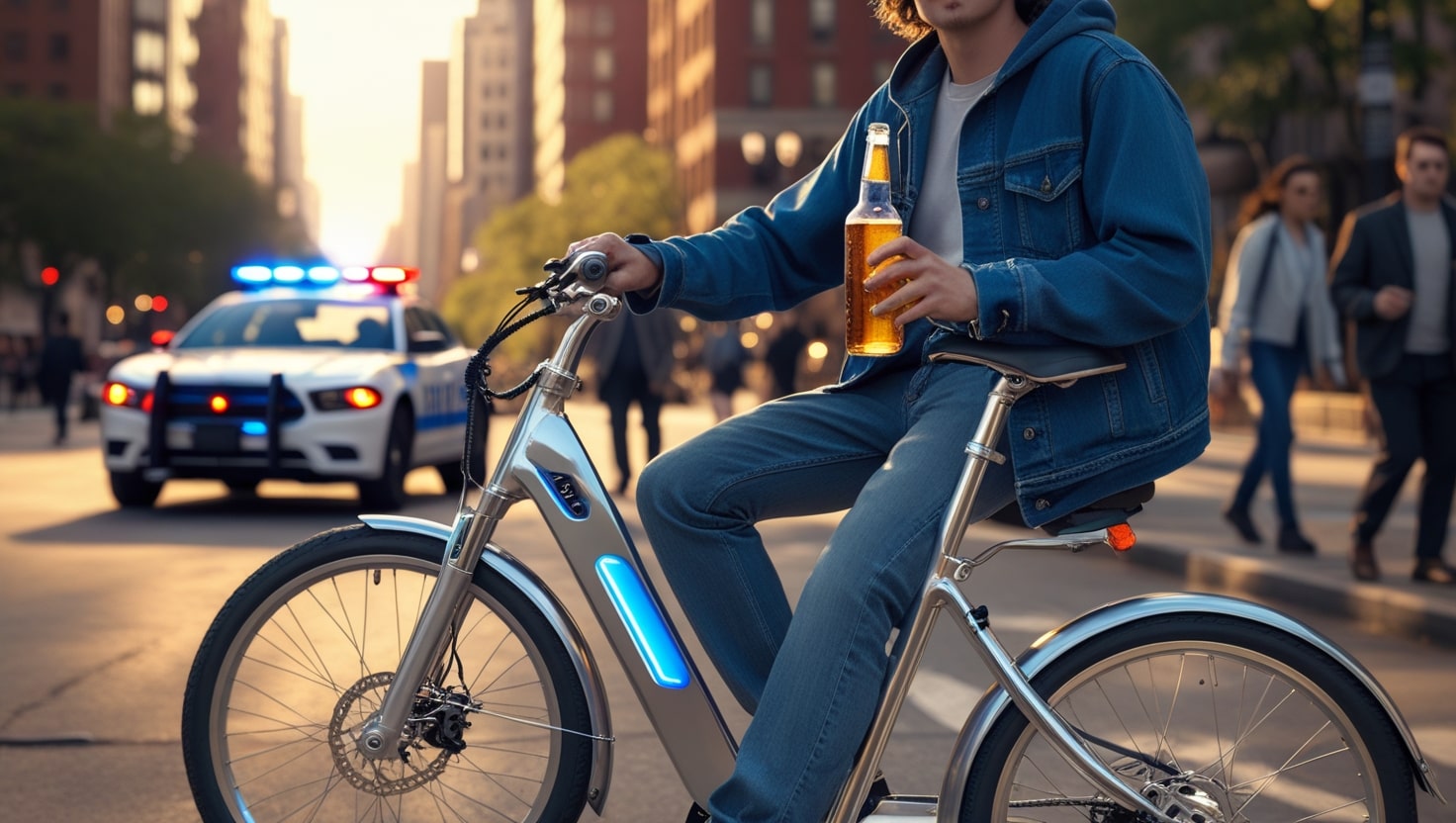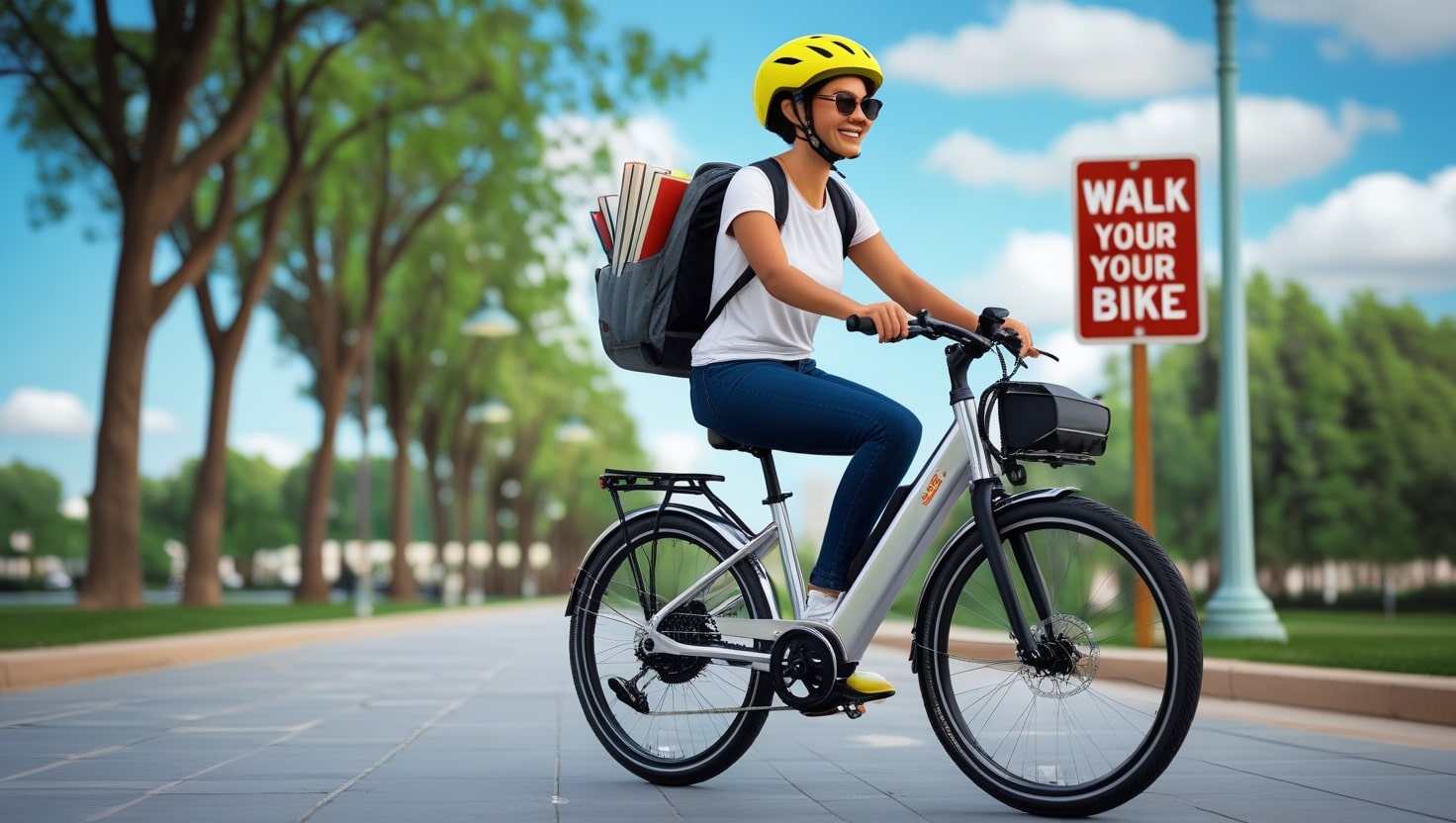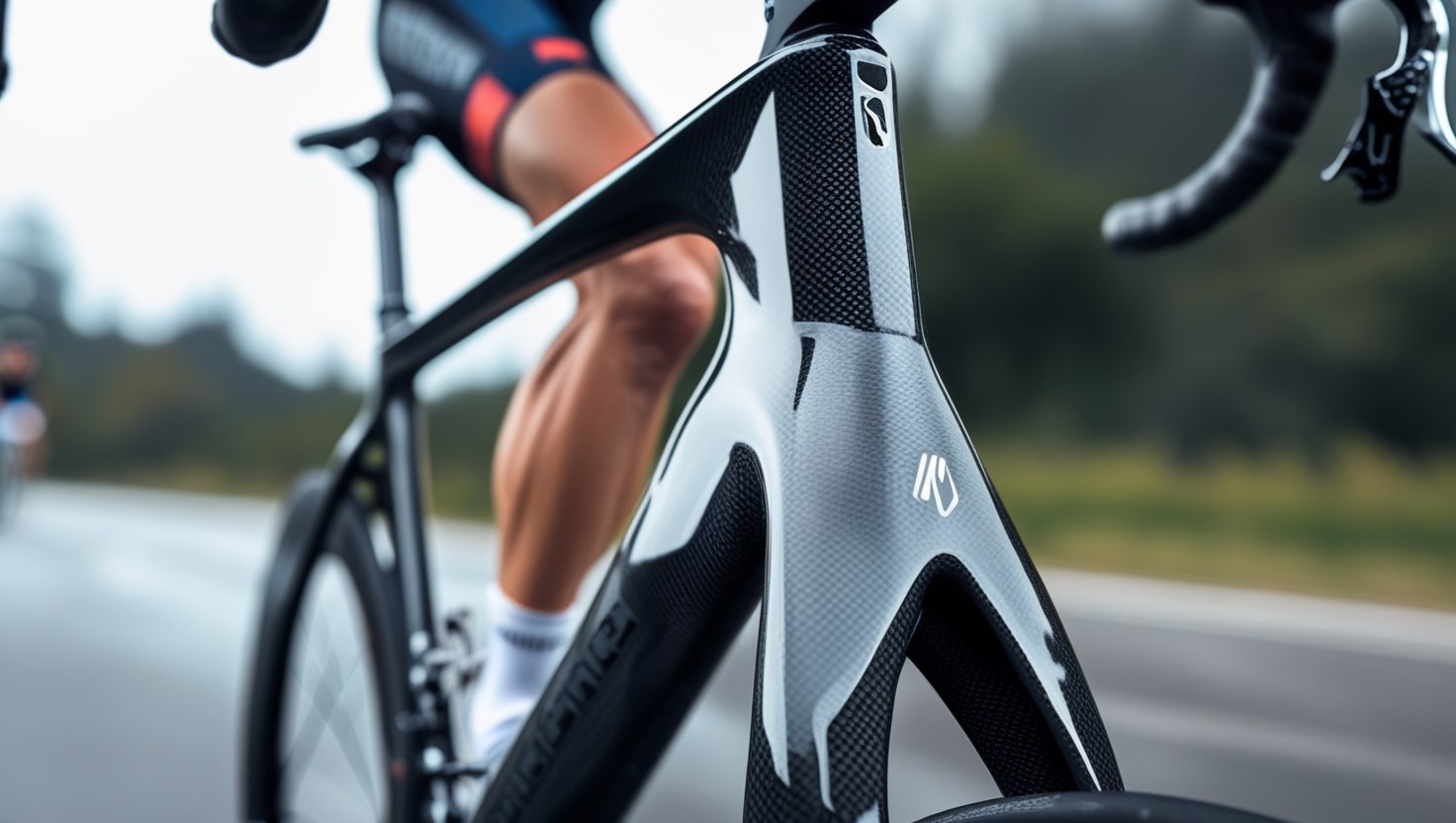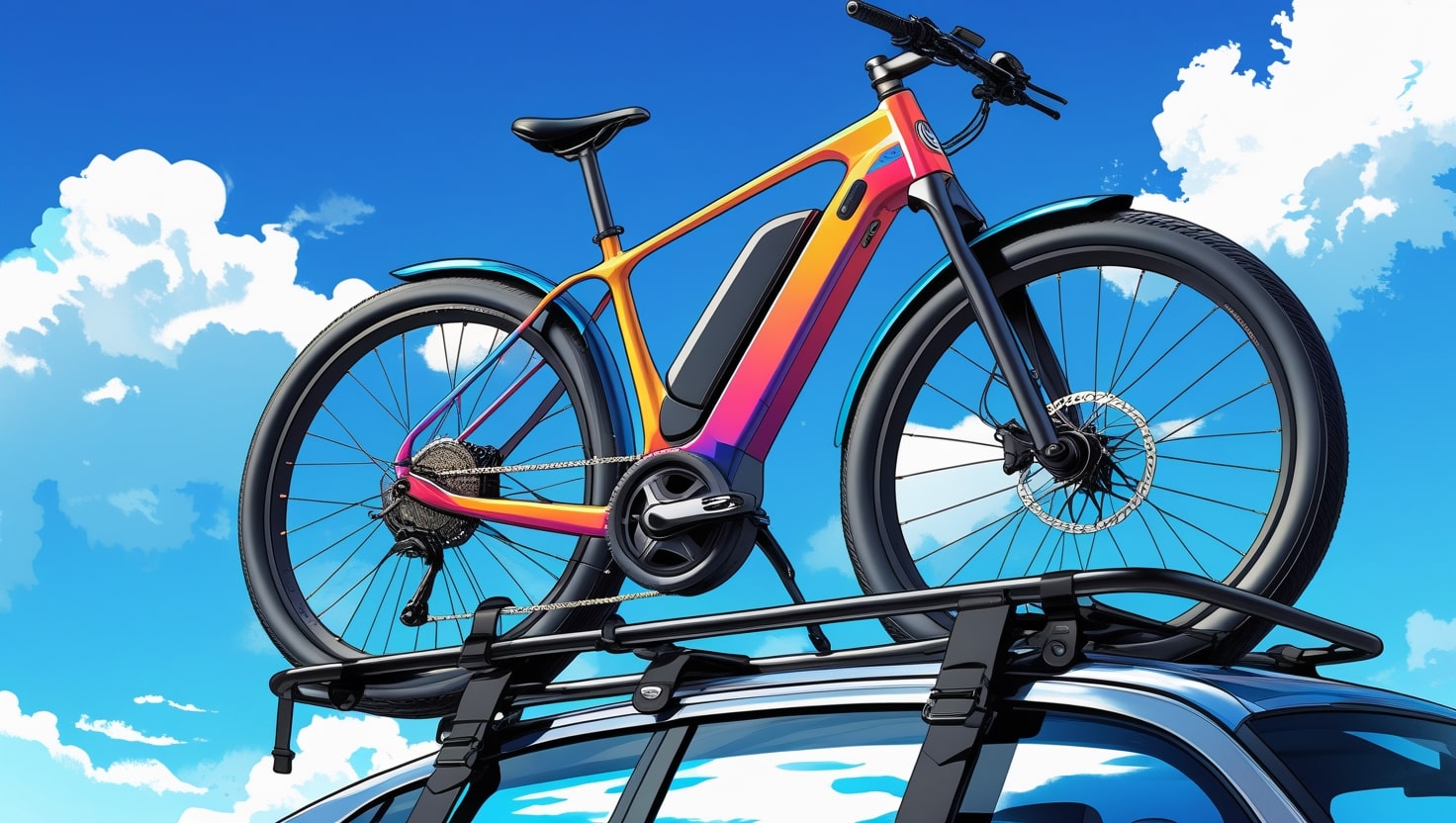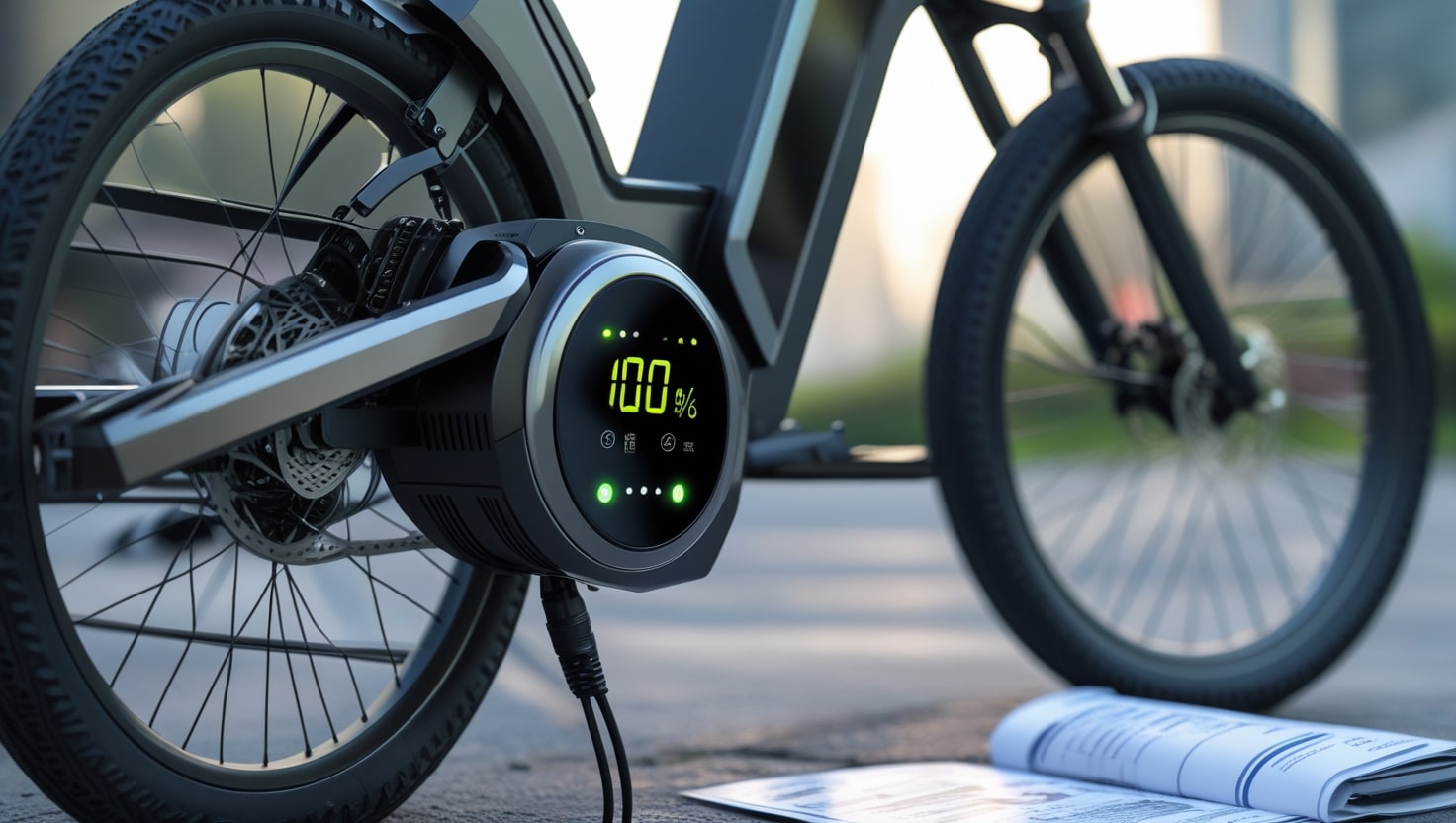As an urban bicycle, I’ve frequently had to figure out how to carry groceries on a bike without using a car. It’s an everyday task, but with the right gear and some strategies, it can be done with ease. I’ve found that merging my daily ride with errands like grocery shopping can be a smooth experience if you know a few techniques. Whether you’re picking up a few items or doing a full shop, there are some key recommendations that make carrying your groceries home easier. And believe me, I’ve learned a lot along this convoluted path after experimenting with many approaches!
Related: Colorado Ebike Laws Simplified
Gear Up Your Bike
Let’s explore the most effective ways to transport groceries on your bike, with options ranging from budget-friendly to high-end solutions. We’ll start with the more affordable choices.
Backpacks and Messenger Bags
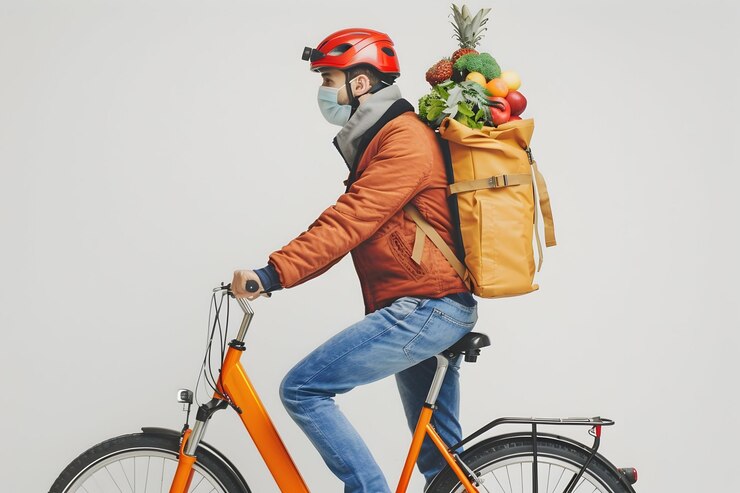
When it comes to the easiest and fastest way to get your groceries home, a sturdy backpack or messenger bag is a great option. My favorite is the Two Wheel Gear 2.0 PLUS Pannier Backpack, which doubles as a pannier. It’s large enough to fit quite a few bags of groceries, and you can use any backpack you already have. The beauty of packing directly into the backpack at the store (instead of using plastic bags) is that it makes packing the items much easier, almost like playing a game of Tetris, making everything fit perfectly.
However, there are a few downsides to using a backpack. One is that it might not hold as much as other options. Also, carrying a heavy load can feel uncomfortable, especially on your shoulders and back. If you’re riding in warm weather, your back might get sweaty, which can make the ride less pleasant. Despite these downsides, it’s still a practical solution for many cyclists looking for a quick and simple way to carry groceries.
Related: New Hampshire Ebike Laws
Cargo Bikes
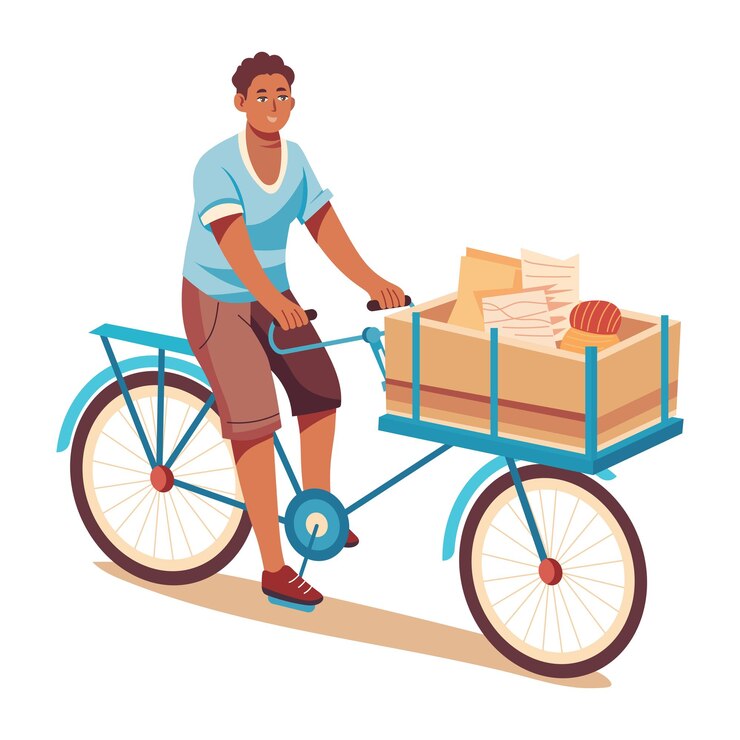
The easiest (but also the most expensive) method for carrying groceries is using a cargo bike. These bikes are ideal for carrying groceries because they are made especially to carry heavier loads. Our family has used a variety of bikes, like the Madsen and Flyer, to haul a week’s worth of groceries. If you’re looking to carry groceries for an entire family, a cargo bike is a great option to consider.
The Front Basket
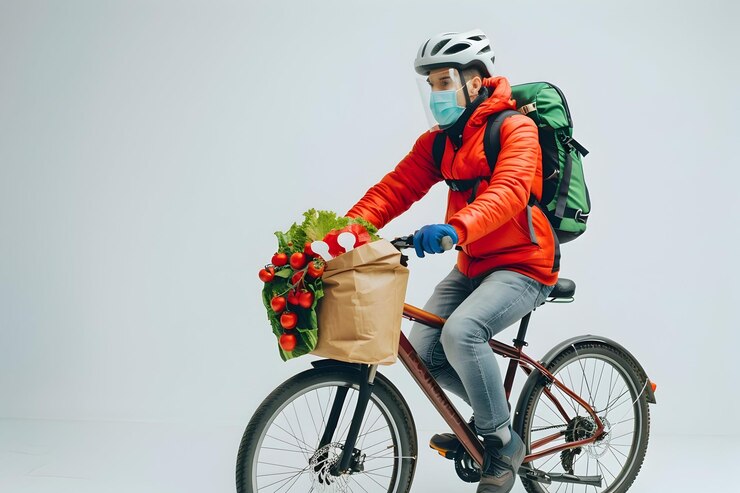
If you have a large enough basket, you can even place the bag you’re wearing in it (especially messenger bags, which work great with baskets). This setup makes it easy and speedy to load up and carry your things, especially if you need to make an unexpected stop. With a front basket, you can also see everything you’re carrying, so if anything starts to shift or fall out, you can quickly adjust. On the other hand, steering effort increases when you add weight to the front of your bike. We’ve found that 5kg is the magic number for the front rack – anything heavier can make the bike feel unstable.
The Cargo Rack / Cycle Truck
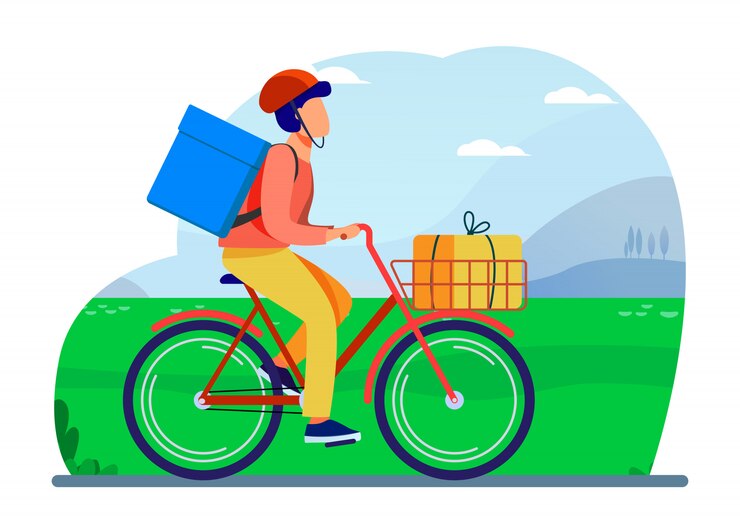
If you’re dreaming of a cargo bike but don’t want to commit to a full longtail or bakfiets, a Clydesdale cargo fork is an excellent option. You can easily strap a crate onto it, whether you’re hauling milk, beer, or anything else you need. This setup preserves your wheelbase while increasing your storage capacity, giving you more room than a typical basket. It’s also great for those who want to bring their furry buddy along for the ride. If you’re into overnight bike touring, this setup turns your bike into a pack bike to carry all your gear. Just be aware that the burden will be heavier the more you bring, which may impact how you handle it.
Related: 12 Best Mid Drive eBike
The Rear Rack

Consider adding a rack to the back of your bike if you don’t like having weight interfere with handling. It’s a great way to carry groceries without interfering with your ride too much. Just be cautious when storing items like apples, as they’re known to be excellent rollers, and might move around. To keep things in place, having a few bungee cords to keep them secured can be really helpful. For an easy way to increase your carrying capacity, mount a basket on top of the rack. However, if your load is too heavy, you may notice that it sways and the effects can make your bike less stable.
When using a rear rack, keep in mind that rear mounted weight can make climbing more difficult. If you live on a hill, this might not be the best option, as the added weight will make pedaling uphill considerably harder.
The Rear Pannier
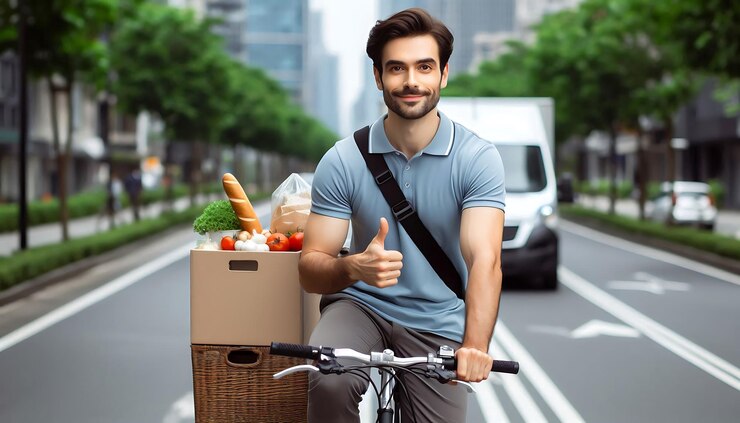
When you’re carrying more than a couple of large bags of groceries, panniers are an excellent choice. They allow you to carry more weight and volume efficiently, freeing up your body and reducing the strain on your back and shoulders. This means you can pedal and control your bike unhindered, making longer journeys much easier on your body.
However, adding panniers does increase your width profile, so you’ll need to be more spatially aware when navigating around vehicles and other cyclists. Also, incline riding can be tougher with the weight in the panniers, especially since they lower your center of mass. To ensure your bike stays balanced, it’s important to use two panniers, as using just one can make the bike feel off balance.
The Bike Trailer
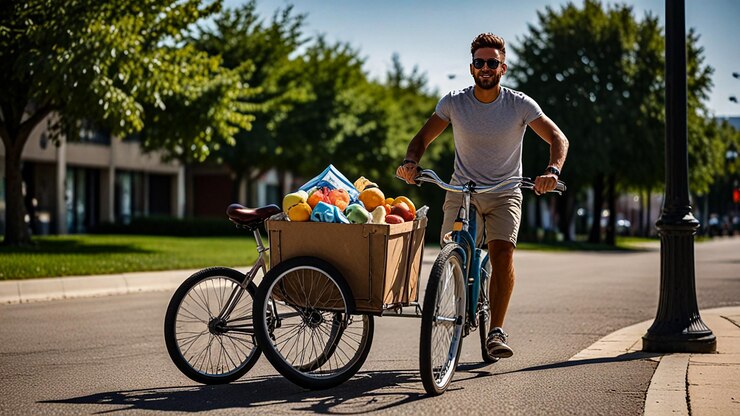
If you’re shopping for a family or don’t visit the store often, a trailer can be a great solution. It allows you to carry awkward, bulky, or heavy items, like a 10kg bag of rice, with ease. Everything fits into the trailer without a problem, making it a handy tool for bigger shopping trips. While the advantages are clear, there are a few things to consider. The first time you use the trailer, you’ll quickly realize how difficult it is to park your bike with the tugging weight of the trailer attached.
Another concern is the risk of a car driver not seeing the trailer behind you, especially in busy areas like an intersection with heavy traffic. This could lead to a collision if a driver turns too close to your bike. To avoid this, making your trailer as obnoxious-looking as possible isn’t just for fashion; it’s also a safety measure.
Related: how fast do electric bikes go?
The Bakfiets

When it comes to cargo bikes, the Bakfiets stands out as one of the most popular options. Available in different shapes and sizes, it’s similar to a trailer but designed for those who need to carry a larger load, like groceries for a family. It’s perfect if you want to bring your kid along for the ride, as it has plenty of space. However, one of the downsides to using a Bakfiets or any front box cargo bikes is that they all have linkage steering, which can take a few trial rides to get used to the handling.
Another challenge with the Bakfiets is navigating hills—uphill riding can be a real struggle, and while going downhill is easier, it still requires skill and effort. You might need thunder thighs or live in an area where Bakfiets are more accommodable. Bakfiets can also be a costly investment, often requiring a pretty penny, but given that they can replace a car, they are definitely worth every penny for many cyclists.
The Bikepacker
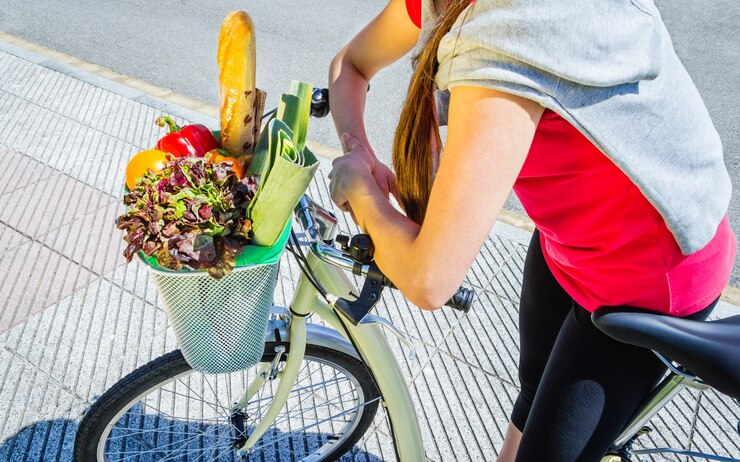
You can simply use a set of rackless bags, such as a handlebar bag, saddlebag, top-tube bag, or frame bag, to carry your supplies if you enjoy bikepacking. This is a great way to avoid the hassle of having to install bulky racks, especially if you don’t plan on using them every day. While these bags have limited capacity, they can still fit plenty of small essentials like energy bars and other smaller items. They might not hold heavier items like a 5-pound bag of protein powder or a liter of soymilk, but they work well for a quick grocery run.
The best part about bikepacking bags is their ease of use. Thanks to velcro and cam buckles, they are simple to attach and detach when needed. However, you will need to be mindful of the size, shape, and weight of what you’re carrying. Even though these bags might not have the space for large items, you’d be surprised how many small items fit perfectly, making them ideal for carrying groceries in a pinch.
Packing Your Groceries for the Ride
Packing is the key to successfully transporting groceries on your bike. During your ride, you want to ensure that the weight is distributed evenly and that nothing slips out.
Heavy Items First: Cans and bottles should be placed at the bottom of your bag, pannier, or trailer because they are the heaviest goods. This keeps the center of gravity lower, making balancing easier and preventing softer items from getting crushed.
Balance Your Load: Try to balance the weight of your groceries evenly. Put an equal amount on your left side and right side to avoid uneven weight, which can make handling your bike tricky.
Protect Fragile Items: Nestle fragile items, like eggs or soft fruits, in the middle of other groceries for added protection. You can also use a plastic egg carton (like the ones you use for camping) to keep them safe during the ride.
Related: Are Retrospec Bikes Good?
Riding Safely with a Load
Riding a bike with a load requires a different approach than your normal, light ride. Here are some helpful tips to ensure safety while cycling.
Adjust Your Riding Style: When carrying a load, you’ll need to change how you ride. Take corners gently, allow more time for braking, and keep your speed down, especially until you’re used to the extra weight.
Be Aware of the Extra Width: If you’re using panniers or a trailer, keep in mind that your bike will be wider or longer than usual. Give yourself lots of space to move around and pay close attention to your surroundings.
Why use a bike for grocery shopping?
To start, let’s take a closer look at the main benefits:
Eco-friendly: Using a bike for errands helps reduce your carbon footprint. It’s especially ideal for short-distance trips, and you’re contributing to a cleaner environment. If only the road were lined with more bicycles!
It is healthier: Cycling lets you combine walking and riding throughout the day, so you don’t even need to go to the gym. It’s great for strengthening your muscles and heart and improving your mental health.
Time-saving: People in big cities often waste a lot of time stuck in traffic jams and looking for parking. Riding a bike can save you time and keep you moving quickly to your destination.
Switching to a bike for grocery shopping allows you to adopt environmentally friendly behaviors, improve your health, and save money.
Why use a bike for grocery shopping?
While there are advantages, there are also a few disadvantages. However, they are not deal breakers, and in our situation, they just require some careful planning ahead of time.
The size of your grocery and the trip’s distance: Take your trip’s distance and grocery size into account. It’s important to check the biking infrastructure and the length of your journey. Also, make a list of the groceries you’re buying since a big load may require special bike accessories.
Weather: Before going out, make sure to check the weather forecast. Weather can affect both your comfort and safety. For instance, rainy or snowy weather might require special bike gear to ensure you’re prepared.
Bike types: The bike type you use plays a crucial role in your overall experience. Road bikes or fixies may need some modifications to be suitable for grocery trips, while commuter bikes are typically more comfortable and practical for carrying groceries.
Storage capacity: Consider purchasing racks, baskets, or panniers based on the loads you plan to carry. Make sure the storage capacity matches the size of your groceries to ensure a smooth ride.
Consider these factors, and your trips to the grocery store will be both efficient and enjoyable.
Alternative options for larger grocery loads
Electric bikes (e-bikes): E-bikes provide motorized assistance, making it much easier to carry heavy loads without requiring much physical effort. For instance, the Whizz e-bike Storm-2 is a great choice for grocery shopping, with a spacious basket and a payload capacity of 300 lbs, allowing for rides up to 85 miles with pedal assist.
Cargo bikes: These bikes are less lightweight than e-bikes but are specifically made for transporting bulky items. They come with ample storage capacities, meaning you won’t need any other solutions to haul your groceries.
Bike delivery services: Many grocery stores now offer bike delivery options, meaning you don’t even need to own a bike. You can have your grocery haul delivered in the most eco-friendly way possible.
Related: Coaster Brakes vs Hand Brakes
Conclusion
Grocery shopping on a bike is a reasonable, rewarding, and eco-friendly solution for handling everyday tasks. By being prepared with the right bike accessories, you can easily transport your groceries while riding with the wind in your hair. Not only does it keep you active and reduce your carbon footprint, but it also allows you to carry larger loads with a basket, panniers, or a bike trailer. For a quick and simple experience, an e-bike will make running errands even easier, especially when dealing with higher loads and mixed types of terrain.
Related: Convert Mountain Bike To Electric

